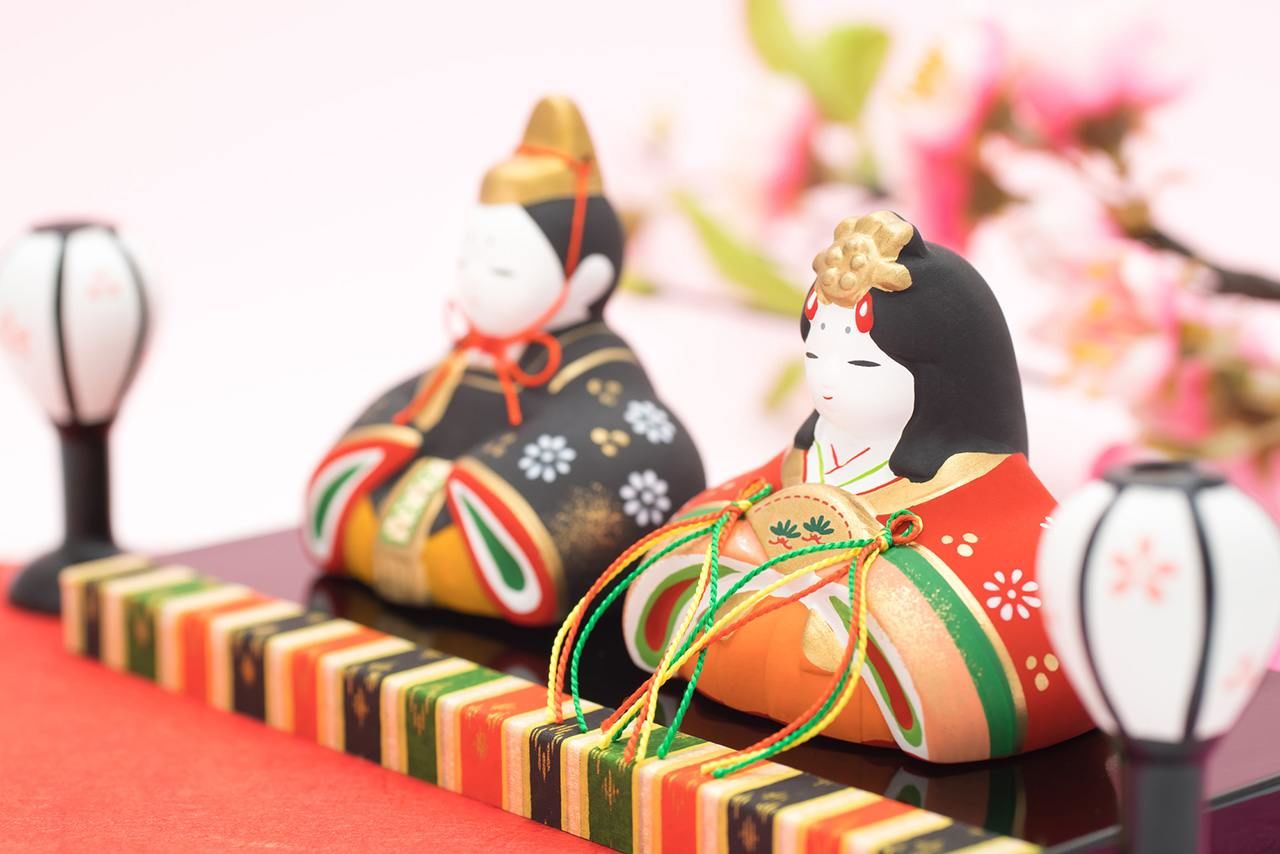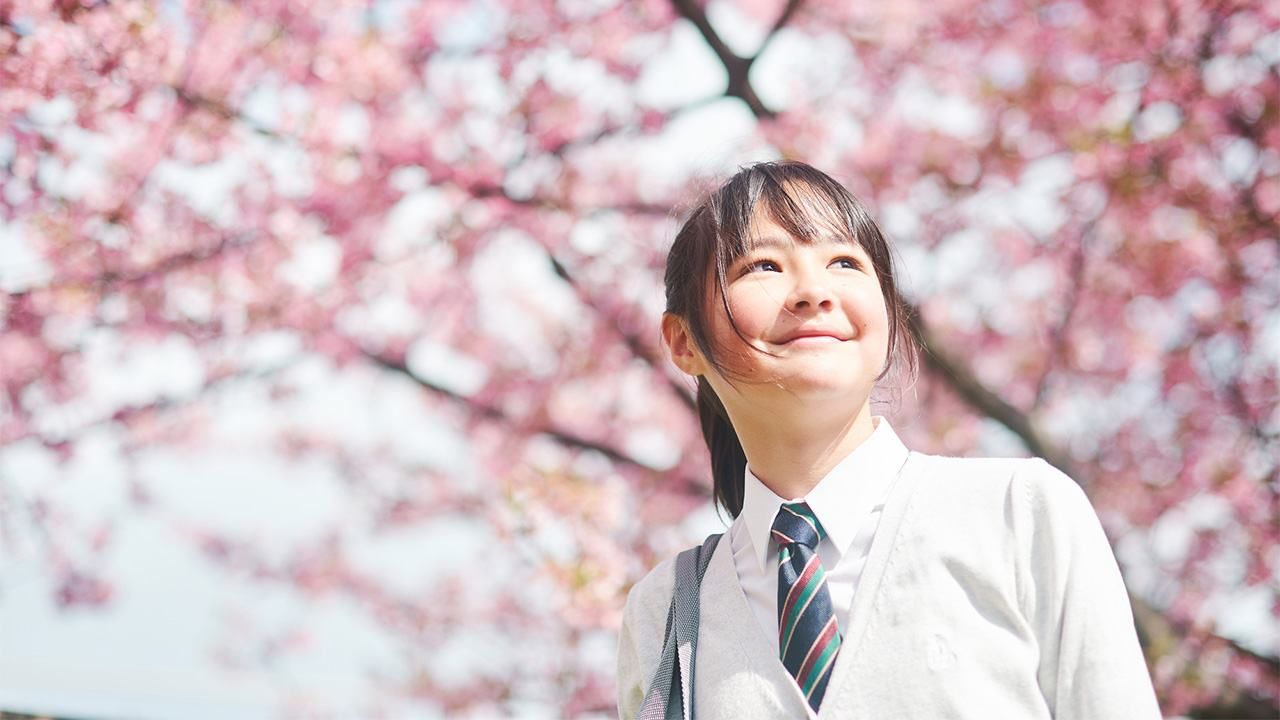
Spring in Japan
Culture Lifestyle Food and Drink- English
- 日本語
- 简体字
- 繁體字
- Français
- Español
- العربية
- Русский
Fresh Beginnings
The writer Sei Shōnagon (c. 966–c. 1025) famously declared that spring’s most beautiful feature is the dawn, and the season is all about fresh beginnings. Japanese people eagerly anticipate the annual arrival of plum and cherry blossoms. The first songs of the bush warbler are another longstanding symbol of spring, and this is also a time for gathering such delicacies as nori and wakame seaweed. A more recent tradition is the entrance ceremony, welcoming new students to educational institutions and freshly minted employees to companies.
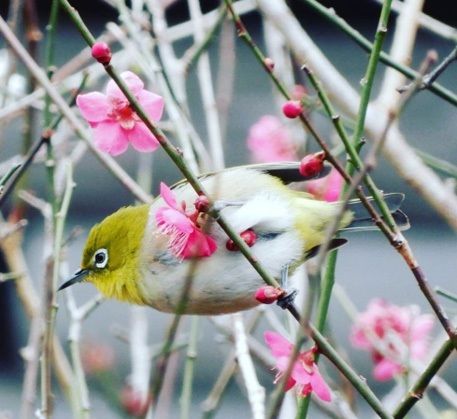
Signs of spring: Plum blossoms and a mejiro (Japanese white-eye) in Yugawara, Kanagawa Prefecture. (© Nippon.com)
The academic year together with the financial year start on April 1. After March’s graduation ceremonies, in April it is common to encounter first-grade elementary school students with shiny randoseru backpacks, junior high school and high school students in new uniforms, and eager youths in crisp suits beginning their first jobs.
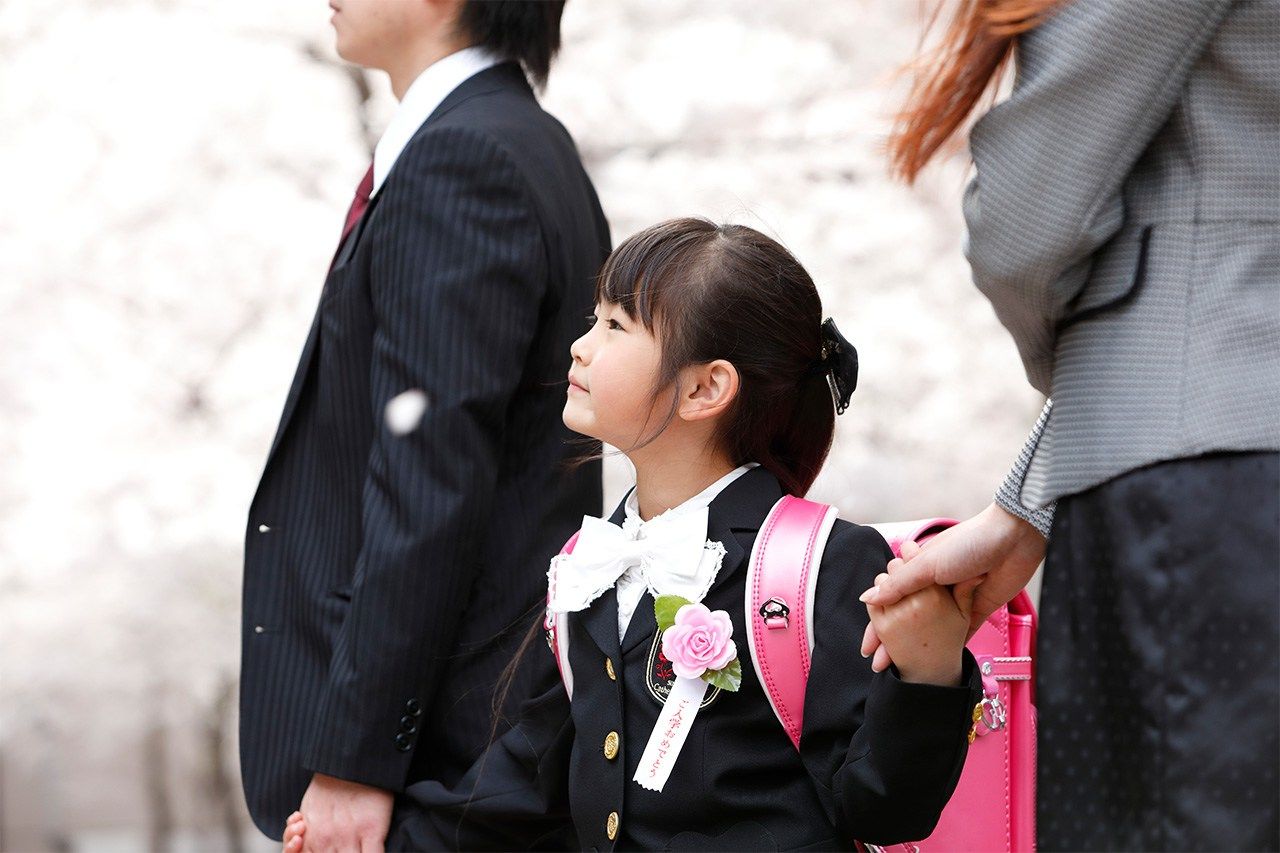
Elementary school entrance ceremonies mark the beginning of a child’s formal education. (© Pixta)
From late January, forecasts for the blooming of somei-yoshino cherry trees—Japan’s most common variety of flowering cherry—start to appear. The media tracks the progress of the sakura zensen or “cherry blossom front” across the country’s main islands. Generally, the first blooms come in March in western Japan, while Hokkaidō has to wait until May.
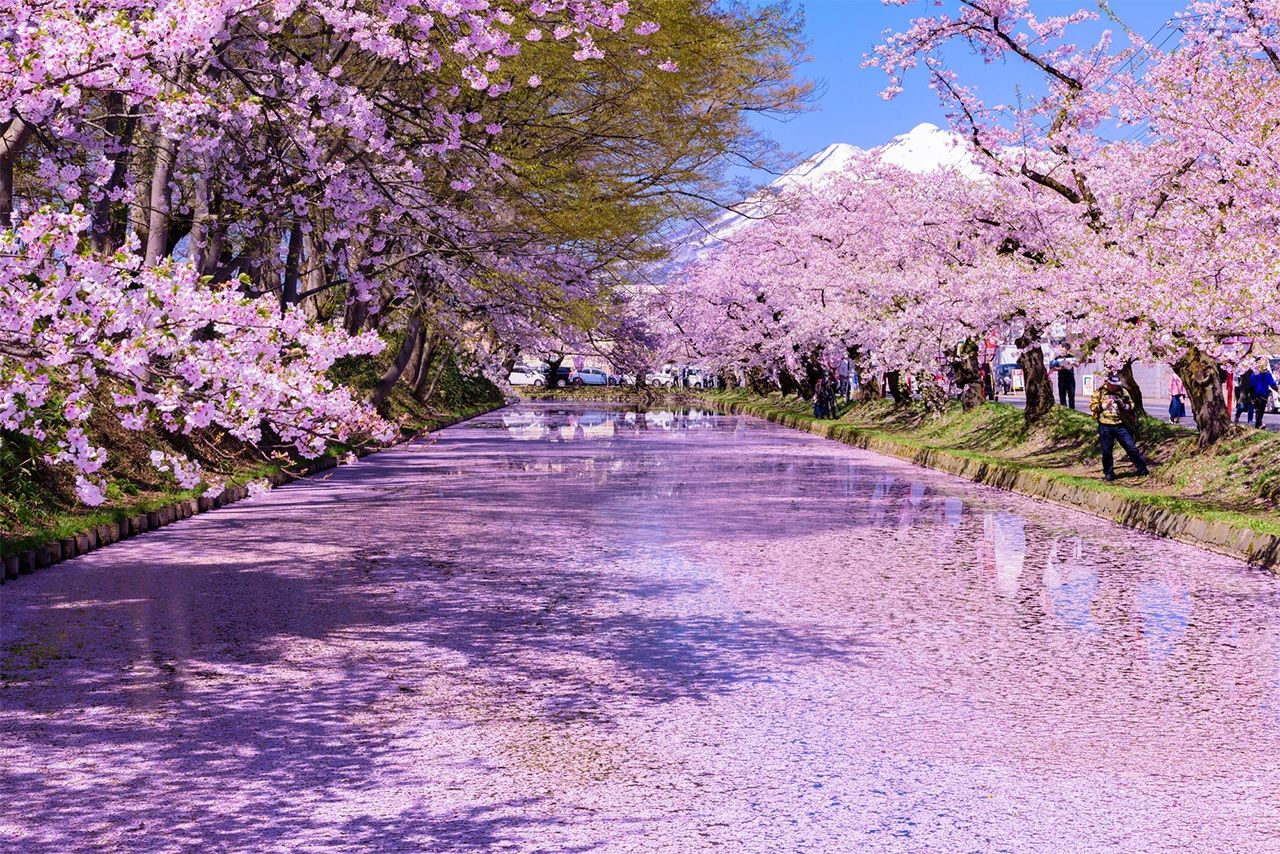
Cherry blossoms turn the moat of Hirosaki Castle in Aomori Prefecture bright pink. (© Pixta)
Spring is less welcome for those with seasonal allergies. The huge amount of pollen produced by Japan’s many sugi (Japanese cedar) from February to April make pollen forecasts another feature of this time of year. Many people wear masks to guard against the worst effects of hay fever.
From February to mid-March, the first strong southerly wind of the year, the haru ichiban—literally “spring first”—blows and news programs note the arrival of this harbinger of the season.
When cherry trees come into bloom, many people enjoy hanami (flower-viewing) parties under the blossoms. If companies hold their own parties, junior members may be sent out early in the morning to secure a good position with blue tarps. At some offices, it might be the first big task for new hires.
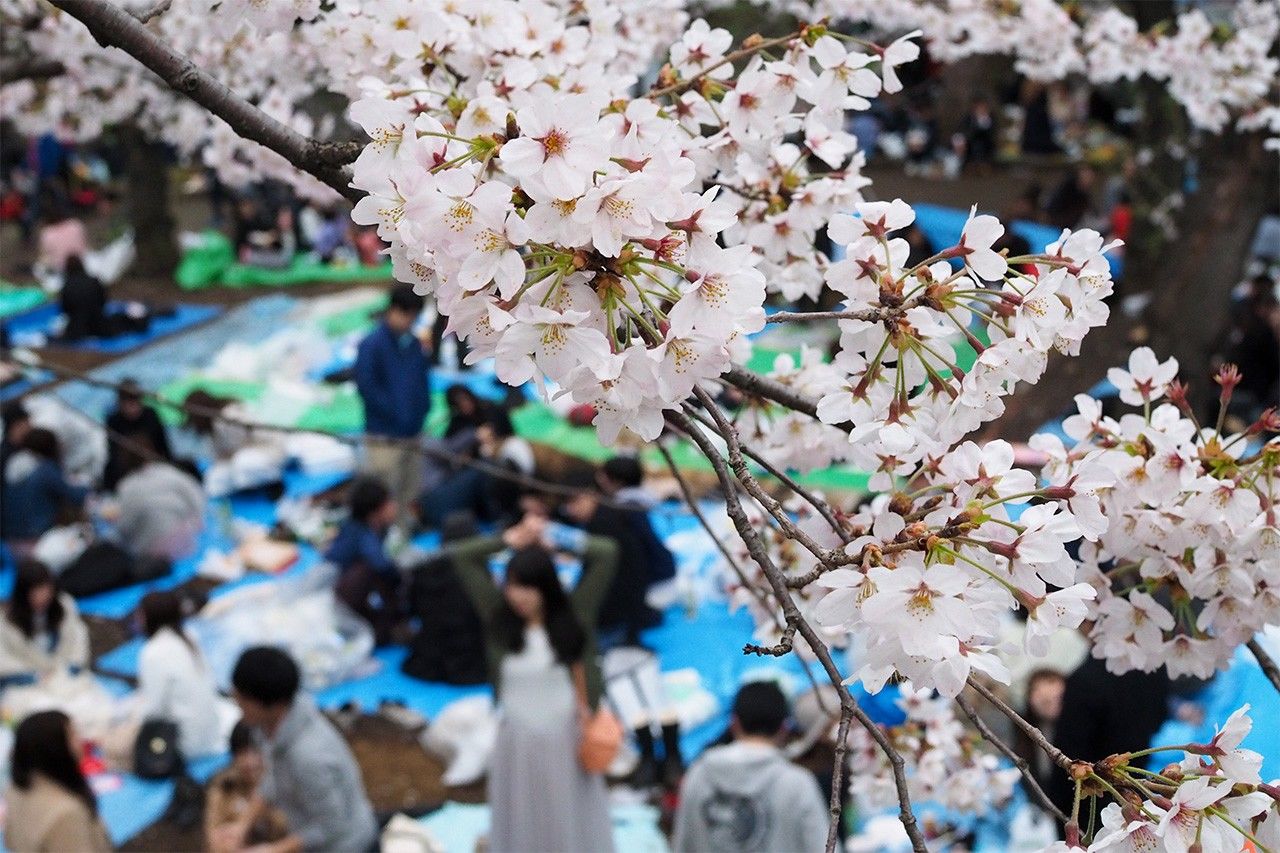
Cherry blossoms in Ueno Park. (© Jiji)
Spring Festivals
On March 3, families with daughters celebrate Hinamatsuri, expressing their wishes for a healthy and happy future for their offspring. Traditionally, households display hina dolls and peach blossoms—another name for the celebration is momo no sekku or “peach festival”—and eat colorful rice cakes called hishimochi and chirashi-zushi, sushi rice topped with an array of mouthwatering ingredients.
School graduation ceremonies take place in March. Students in lower grades may ask for uniform buttons or school badges as mementos from older friends they are sorry to see leave. At university graduation events, many female students wear kimono with divided skirts called hakama.
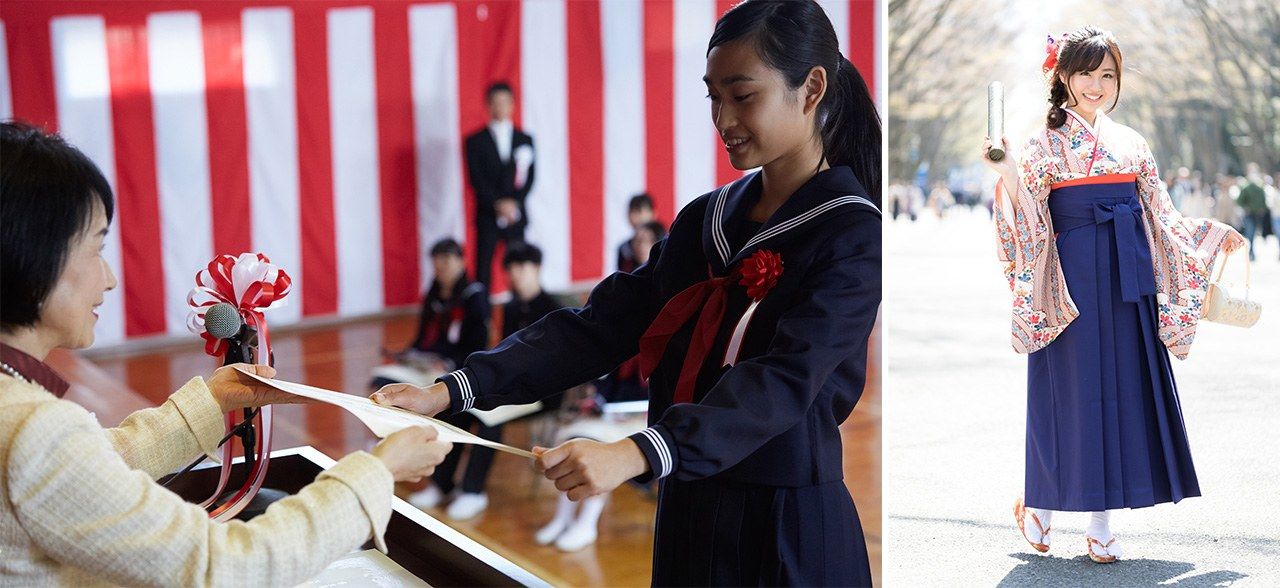
A school graduation ceremony (left) and a graduating university student in kimono and hakama. (© Pakutaso)
Entrance ceremonies for schools, universities, and companies take place in early April. Along with people moving for school and work, spring is also a time when companies transfer employees to branch offices, making March and April a busy time to move house. Some stores looking to cash in on the flurry of resettling hold campaigns to encourage customers to buy electronic goods or furniture for their new lives.
Parents taking snapshots and clutching video cameras try to preserve memories of their children’s entrance ceremonies to look back on in years to come.

Parents often buy new indoor shoes for their children in spring (left) (© Photo Library); school students cleaning the classroom. (© Pixta).
It has become customary for new hires to dress up in dark suits, and at company entrance ceremonies it is normal to see lines of recruits sporting nearly identical outfits taking their first steps into the world of work.

A Japan Airlines entrance ceremony. (© Jiji)
Golden Week
May 5 is traditionally Boys’ Day, which has been adopted as the national holiday Children’s Day. Customs associated with the festival include displaying armor and helmets, flying koinobori windsocks, eating kashiwamochi (rice cakes filled with bean paste and wrapped in oak leaves), and soaking in a bath scented with iris stalks.
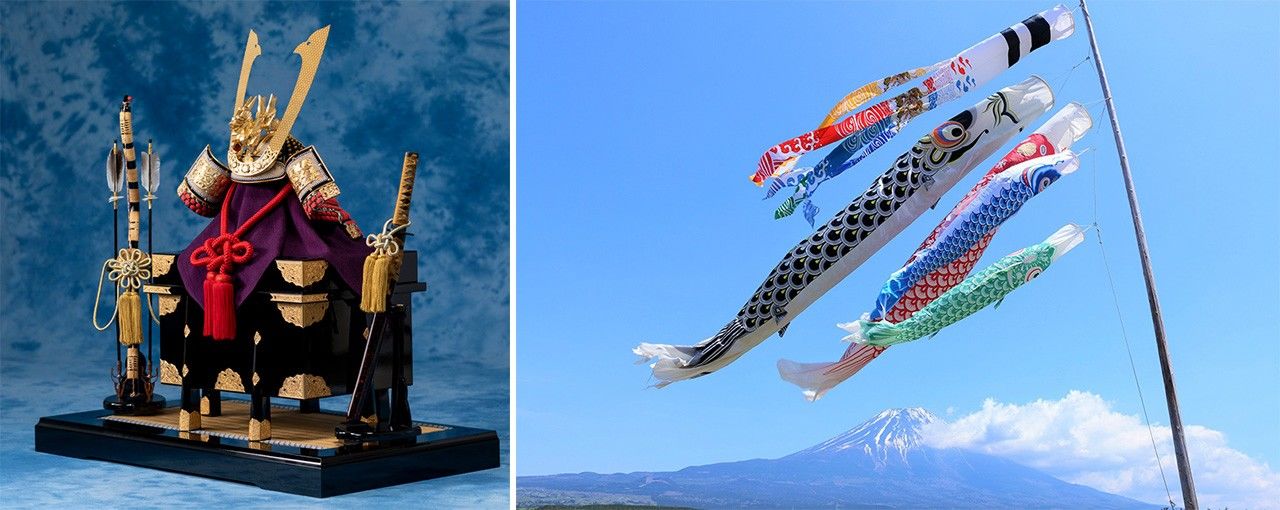
Armor and helmet (left) and koinobori windsocks, designed to look like carp. (© Pixta)
Three other national holidays also fall around this period: Shōwa Day on April 29, Constitution Memorial Day on May 3, and Greenery Day on May 4. Coming in close succession, the holidays constitute a period known as Golden Week when employees can secure a long vacation using only a little paid leave. It is a popular time to travel and tickets and hotel rooms are in high demand. However, with many companies closed for the holiday, normally bustling cities become less congested.
Bitter Flavors for Spring
Weather can vary wildly from day to day, fluctuating between winter cold to warmer temperatures. According to one old saying, it is best to eat bitter foods in spring, sour in summer, spicy in autumn, and fatty in winter. Bitter flavors from bamboo shoots, nanohana (budding canola plant), and wild vegetables like young butterbur and udo liven up spring dishes. Some of the most popular seasonal fish are the bonito and kanpachi (greater amberjack).

Wild vegetables (left); bonito is tasty with ginger, negi onions, garlic, and soy sauce. (© Pixta)
Fruit lovers can enjoy strawberries and natsumikan citrus fruits. Until around May, some growers have all-you-can-eat picking tours, where visitors can grab the juiciest strawberries for themselves.
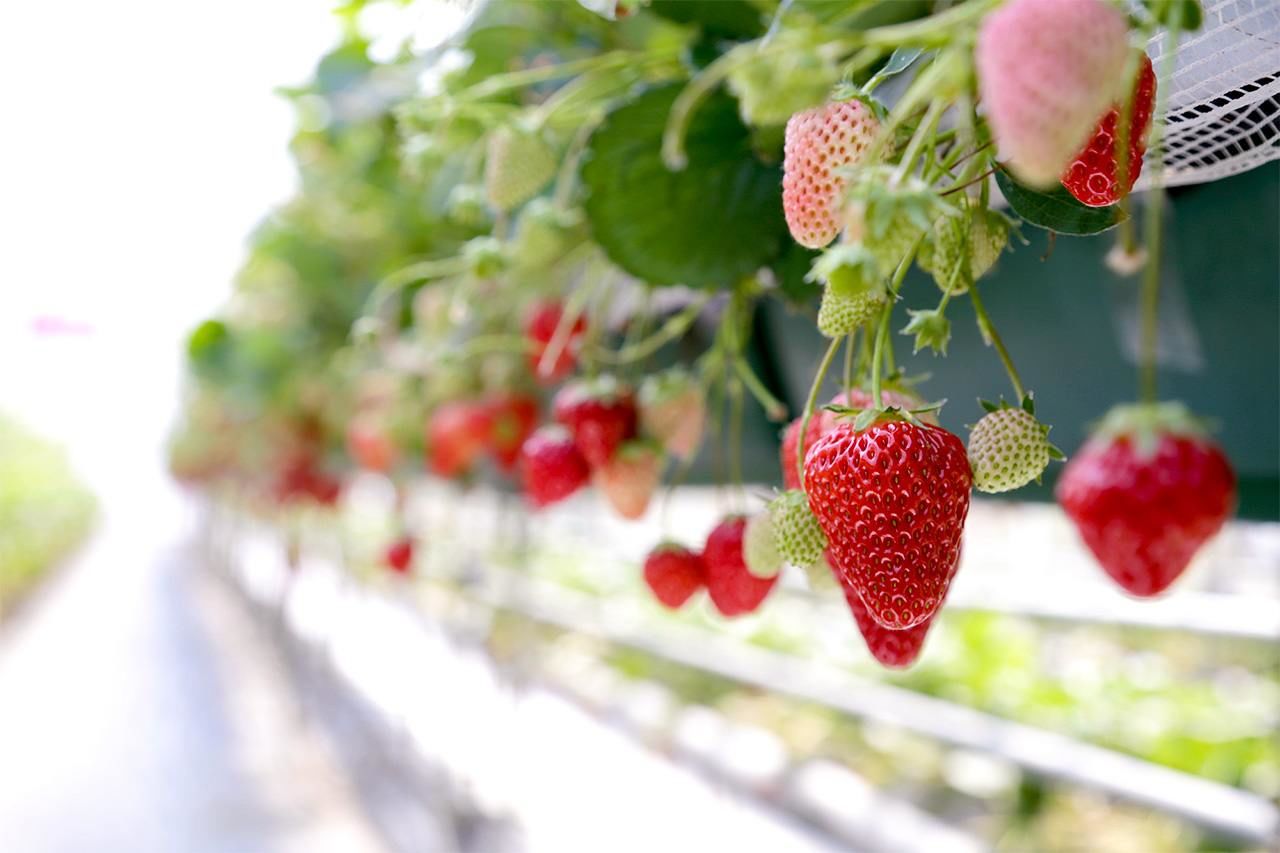
Fruit at Nikkō Strawberry Park. (Photo by Nagasaka Yoshiki)
(Banner photo: © Pixta)
